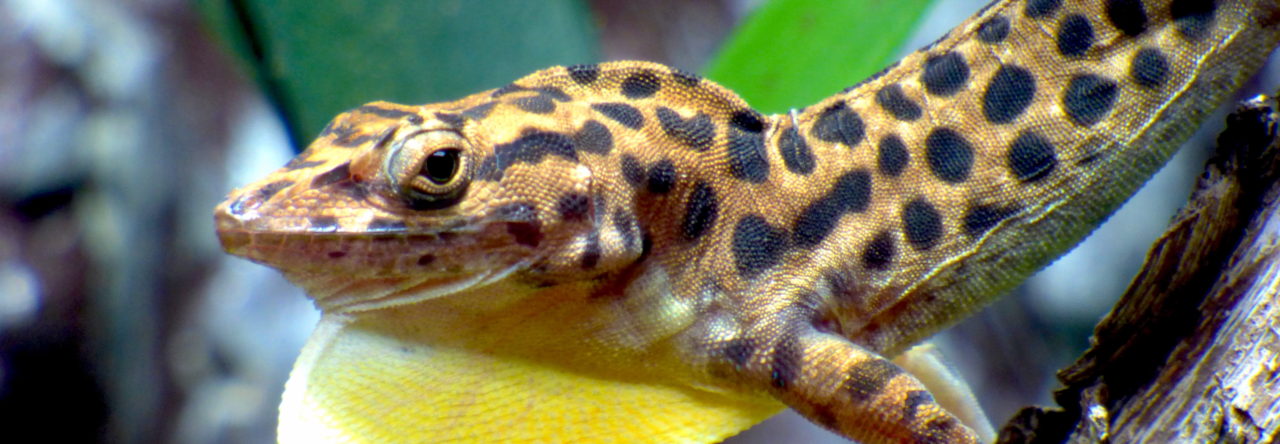Just out in PLoS One. Here’s the abstract:
Microbiome studies focused on ecologically relevant vertebrate models like reptiles have been limited. Because of their relatively small home range, fast maturation, and high fecundity, lizards are an excellent reptilian terrestrial indicator species. For this study we used the green anole, Anolis carolinensis, to assess the impact of military relevant contaminants on fecal microbiome composition. Fourteen day sub-acute exposures were conducted via oral gavage with 2,4,6-Trinitrotoluene (TNT) and inorganic lead at doses of 60 mg/kg and 20 mg/kg of body weight, respectively. Body weights and food consumption were monitored and fecal samples were collected for high-throughput 16S rRNA gene amplicon sequencing and analytical chemistry at days 0 and 15. At the end of the study, liver and gut were harvested for body burden data. Chemical analysis confirmed accumulation of TNT, TNT transformation products, and lead in liver tissue and fecal samples. Bacterial community analysis of fecal material revealed significant differences between day 0 and day 15 of TNT exposed anoles with an operational taxonomic unit (OTU) within the genus Erwinia representing 32% of the microbial community in TNT exposed anoles. Predictable changes in gut microbiome composition could offer an easily assayed, noninvasive biomarker for specific chemical exposure providing enhanced scientific support to risk assessments on military installations.
- Evolution in Real Time on Lizard Island - March 23, 2025
- Spider Snags Adult Anolis osa - March 22, 2025
- An Homage to the Green Anoles of New Orleans - March 21, 2025



Leave a Reply